
News

News
"Sparkle Ⅰ" is the first space bio-payload project led and developed by a private enterprise Rocket π in China.
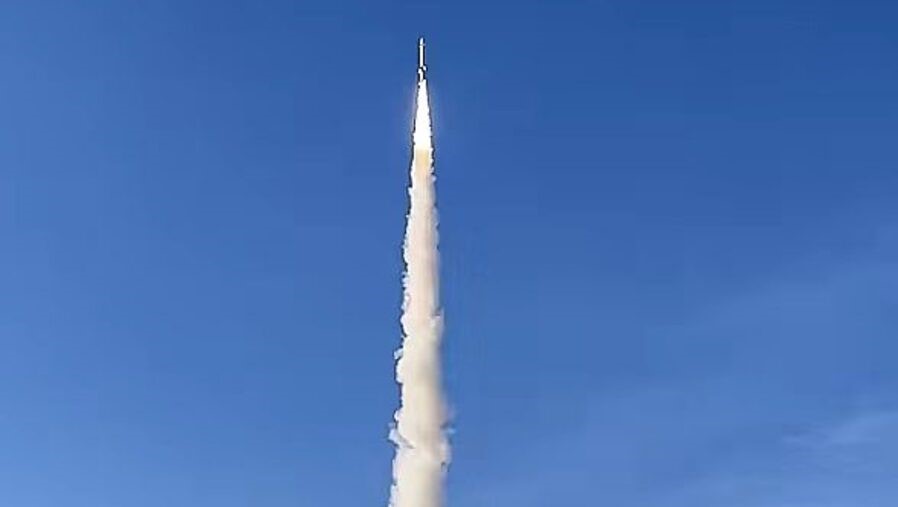
The "Huayi Ⅰ" rocket carrying 0.03 microliters of mouse adipose-derived stem cells was launched in Inner Mongolia successfully at 14:30 on 17 December, 2021. Satellite telemetry was normal and the "Sparkle- Ⅰ" payload was working normally, marking the start of China's commercial bio-space journey.
"Sparkle Ⅰ" is a space biological experimental technology verification payload, led by Rocket π (Beijing) Aerospace Science and Technology Co., Ltd., and developed in cooperation with Shanghai Jiao Tong University and Ruijin Hospital. It is China's first biological aerospace payload funded by a private enterprise. After flying in suborbital space for a period of time, this load carrying the "fire" of life will send data such as temperature, humidity, pressure of the cell culture chamber and the attitude of the satellite back to the earth, mapping the space environment for commercial biological aerospace development.
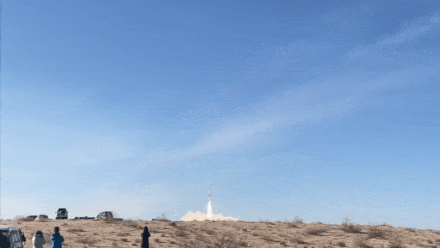
The "Huayi Ⅰ" rocket was launched into space in Inner Mongolia
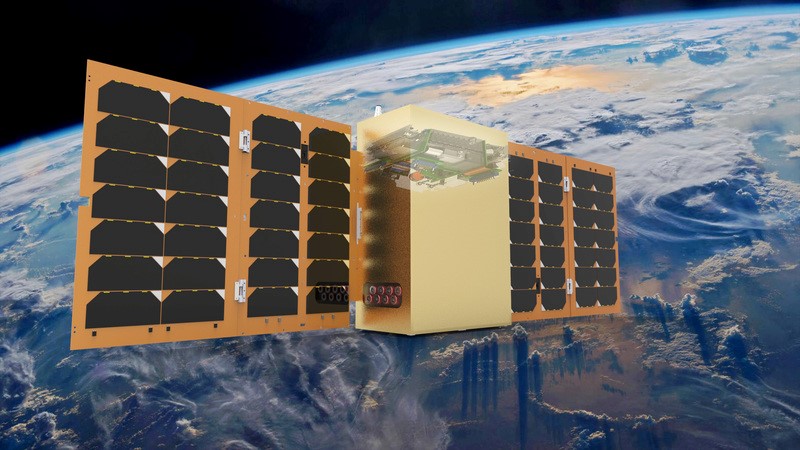
Biological payload satellites can carry out biological experiments in space
Promising to crack the problem of stem cell therapy
Yan Weixin, an associate researcher at School of Mechanical Engineering, Shanghai Jiao Tong University, leads to design a space biological experimental technology verification payload.
This load is very small, with a volume of only 10 cm long, 10 cm wide, and 11 cm high. It is composed of cell culture chambers, environmental monitoring sensors, control boards, and communication interfaces.
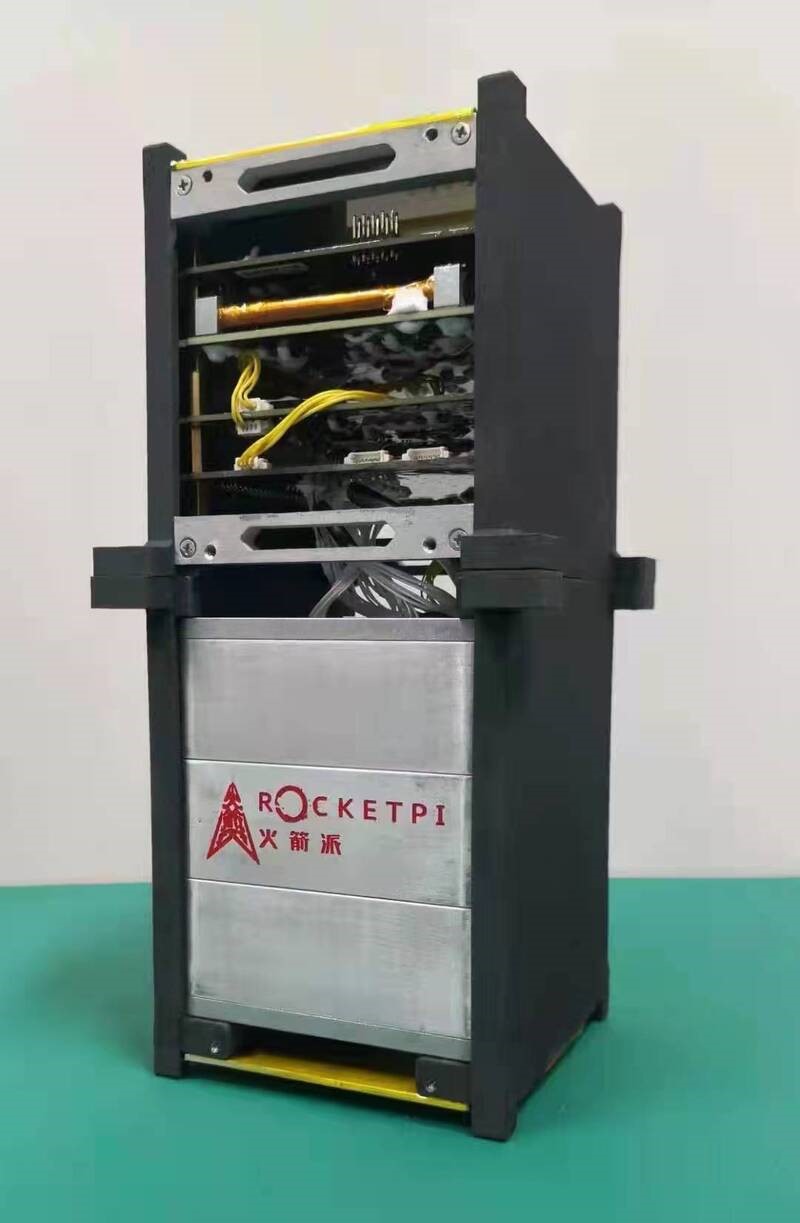
"Sparkle I" space biological experiment technology verification payload
At present, Chinese stem cell therapy is still in the scientific research stage, and there are many difficulties in its clinical application, including how to maintain the differentiation and stemness of stem cells, and how to make the differentiation of stem cells targeted. The microgravity and occasional gamma-ray environment of space is expected to help scientists solve these problems. This kind of basic research is very important to the development of tissue repair technology.
Two biological experimental payloads will be launched
Yan Weixin revealed that he is leading the team to develop biological payloads for cell morphology and molecular biology research. The specific design work of the cell morphology experimental load is about to be completed. It is planned to complete the equipment debugging in the first half of 2022 and launch between June and July. The molecular biology experimental load is expected to complete the equipment debugging in the second half of next 2022, and it will be launched at the end of 2022 or early 2023.
Around March 2022, the open source information on cell morphology experimental loads will be released. And it is welcome that the universities, scientific research institutions and companies apply for this cell morphology research projects, all over the world. The selected team can let the "Sparkle II" fly into space carrying the cell samples they want to study.
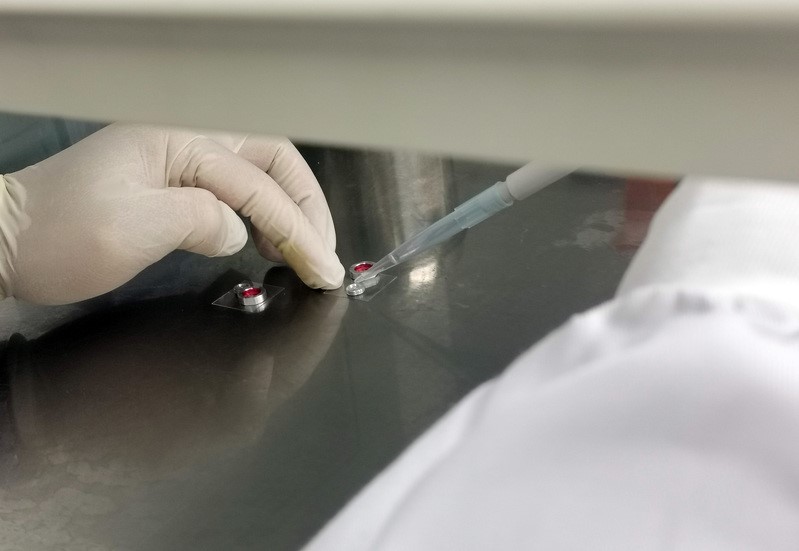
Researchers infuse mouse adipose stem cells into the payload of "Sparkle I"
The "Sparkle III" molecular biology experiment payload is also under development. It can provide platform services such as PCR (polymerase chain reaction) nucleic acid extraction, reaction and detection. With the cell morphology experiment payload, it can send the data such as gene sequences, cell images etc. to the research team.

Shanghai Jiao Tong University
Address: 800 Dongchuan Road, Shanghai
200240